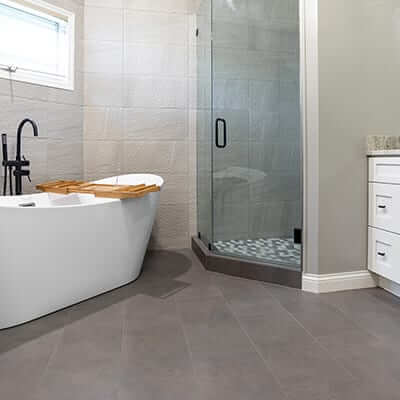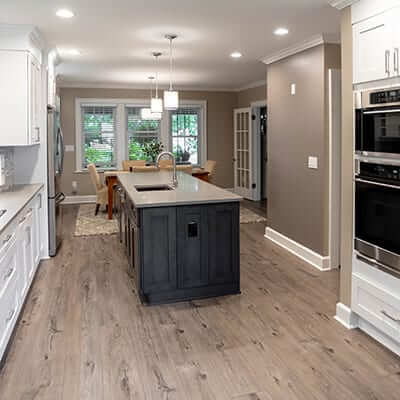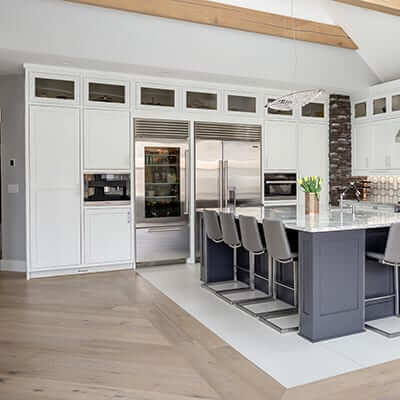Engineered hardwood is made using a few layers of wood glued together to produce a thick plank. A real wood surface, about 4 mm in thickness or more, is applied to the top. This to allow it to be sanded and refinished a certain number of times to remove signs of damage, wear, and tear. Construction of engineered floors is rated more durable than real hardwood floorings which allows it for more applications of the product.


Installation
Installing a hardwood floor yourself can save you a lot of money – if you know what you’re doing. Improper preparation and installation can lead to warping and buckling, which will ruin flooring that might otherwise remain beautiful and durable enough for your grandchildren’s grandchildren to grow up on. The most important thing you can do to ensure the structural integrity of your floor is to properly prepare.
The location of your hardwood flooring basically falls into three categories:
On Grade – at ground level
Above Grade – any second level or higher
Below Grade – any floor below ground level, including basements or sunken living rooms.


Traditional solid hardwood flooring is not well suited for below-grade installations, because of the possibility of moisture issues. The construction of an engineered hardwood gives it enhanced structural stability that allows it to be installed at any grade level when a moisture barrier is used during installation.
Brands we partner with for Hardwood Flooring








